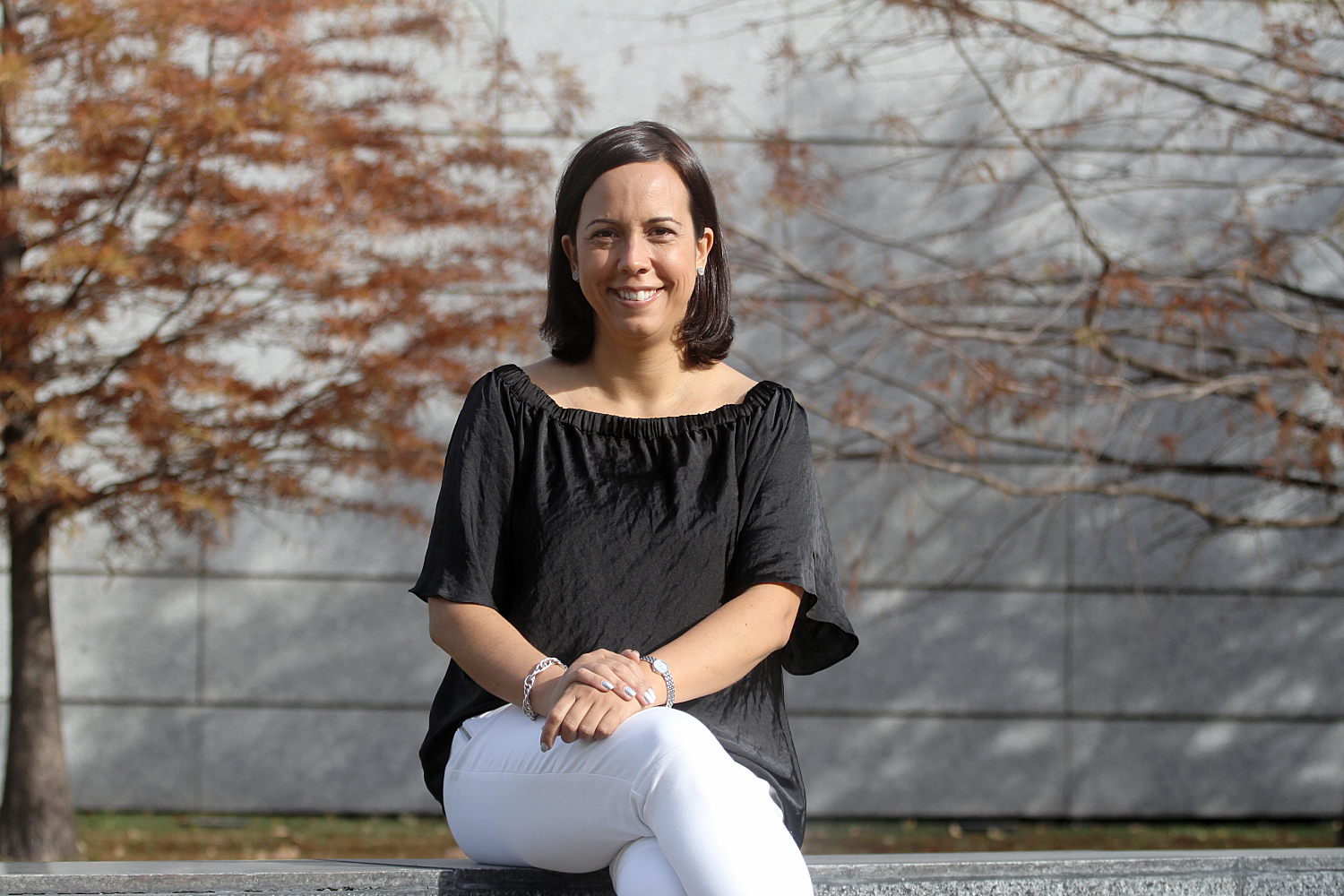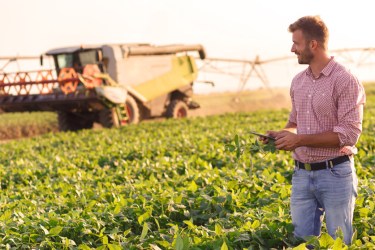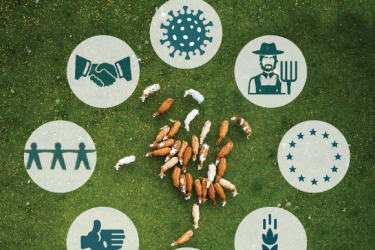Guest Blog: By Gaby Castro-Fontoura
On the 29th January, we’re collaborating with Sunny Sky Solutions to present a webinar on ‘the agri-food industry in South America’. Ahead of the event, Gaby Castro-Fontoura, founder and director, has joined us to share some valuable insights. A region that is little known by many British exporters but offers great potential for those that manage to find their space in these exciting markets.
South America excels at agri-food
It might be because of quantity, quality, or both, but it’s beyond doubt that South America is an agri-food powerhouse. And we’re not talking just about commodities, the industrial scene, with global players such as JBS and regional players such as Arcor, is also vast and dynamic.
Agri-food, Brexit and COVID-19
Whatever 2021 has in store for us in terms of the pandemic, agri-food is one of the most resilient sectors in the world, and South America is no exception. Trade between the UK and South America in general is relatively small, so the potential for growth is enormous. It is uplifting to know that the UK has negotiated continuity agreements with countries such as Colombia, Ecuador, Peru and Chile.
It’s about our problems first, your solutions next.
This is when market research becomes crucial. Before embarking on your South American journey, make sure you investigate what agri-food bottlenecks, challenges or problems you can help solve in South America. How much of an issue are they? How much are businesses prepared to pay to solve them? What are they currently doing about them? This will help set you apart from your competition.
It’s about technology.
Whether for beef, dairy, quinoa, soft drinks, lactose-free or vegan food, South American agri-food players are seeking technology from the farm to the plate. Robotics, artificial intelligence, big data – but also ingredients, machinery, processes, and more – they all have potential in this part of the world.
World-class producers.
South America is a region of world-class agri-food players (in farming, logistics, industry and so on). The region has been producing food for the whole world for centuries. South America is the home to some top-notch exporters. If you can make a difference, the market for you will be huge.
World class suppliers.
South America is also a region served by world-class suppliers. Some of your potential competitors have been in the region for decades. Newer ones come from all over the world, including Europe, the US, China, Australia and New Zealand. And the region has some home-grown talent, too. If you find a way of competing in this environment, and an interesting niche, you will be on your way to overcoming all those market pressures.
South America produces a lot of food – are you going to sell food to South America?
The short answer is “yes, if you can find a niche and adjust your expectations”. This is a price-sensitive region, the expat market is tiny, international competition (especially from multinationals) is intense, and there are plenty of local options. Other barriers include shipping costs, taxes and regulations. Yet, there is business to be done, what matters is understanding your market(s) and having clear expectations of what you can achieve.
We think the potential for British exporters is in serving the demands of the agri-food chain.
We see more potential in selling to dairy farms or to the dairy industry than in selling cheese. We see more scope for those selling food processing and packaging solutions than for those selling biscuits, jams or drinks. There are some exceptions, of course, and it all depends on your expectations (you can sell a pallet of baked beans here but you’ll struggle with a container) and your marketing/branding investment (yes, Scottish whisky does great here but can you compete with Diageo?). If you can supply solutions across the agri-food supply chain in the region, great opportunities can open up in South America.
South America is very big and diverse.
You can grow bananas in Ecuador but not in Uruguay. You’ll find some of the best Angus cattle in the world in Argentina but not in Peru. Brazil has 210m people to feed, Paraguay 7m. There are mountains, rainforests, volcanoes, desserts, pampas, cities of 10m+ people and tiny villages across the region. One the same day, it can be 45 degrees in one part of South America and -20 in another. Most countries speak Spanish but most people speak Portuguese. It takes 7 hours to travel from Bogotá to Montevideo. Each country has its own currency and its own regulatory, tax and legal frameworks. Understanding and embracing this vastness and diversity is key to succeeding and to setting yourself apart from competitors from all over the world that fail by parachuting into this region.
South America takes time, flexibility and patience.
Business relationships are personal, bureaucracy can be mind-blowing and logistics can be tricky. But you’ve got to start somewhere. The first step is to decide if South America is for you. Then you’ll work out where to start, when, and how to go about it.
If this blog post got you inspired to look at the opportunities and evaluate the challenges of doing business in South America, then our webinar on 29th January 2021 is for you. To register please click here, and for further information, please email edwin.reyes@genusplc.com. We look forward to welcoming you.
(*) After 13 years in the UK (Durham, North Yorkshire, Edinburgh), Gaby returned to her native Uruguay 8 years ago. She set up www.sunnyskysolutions.co.uk 10 years ago when she was still living in Skipton to support companies from all over the world across Latin America. She offers services such as market research, distributor recruitment, sales management, training and lead generation. Agri-food is one of the consultancy’s strongest sectors, with agricultural technician Matias Sara from Argentina, joining Gaby a year ago to strengthen this area.







